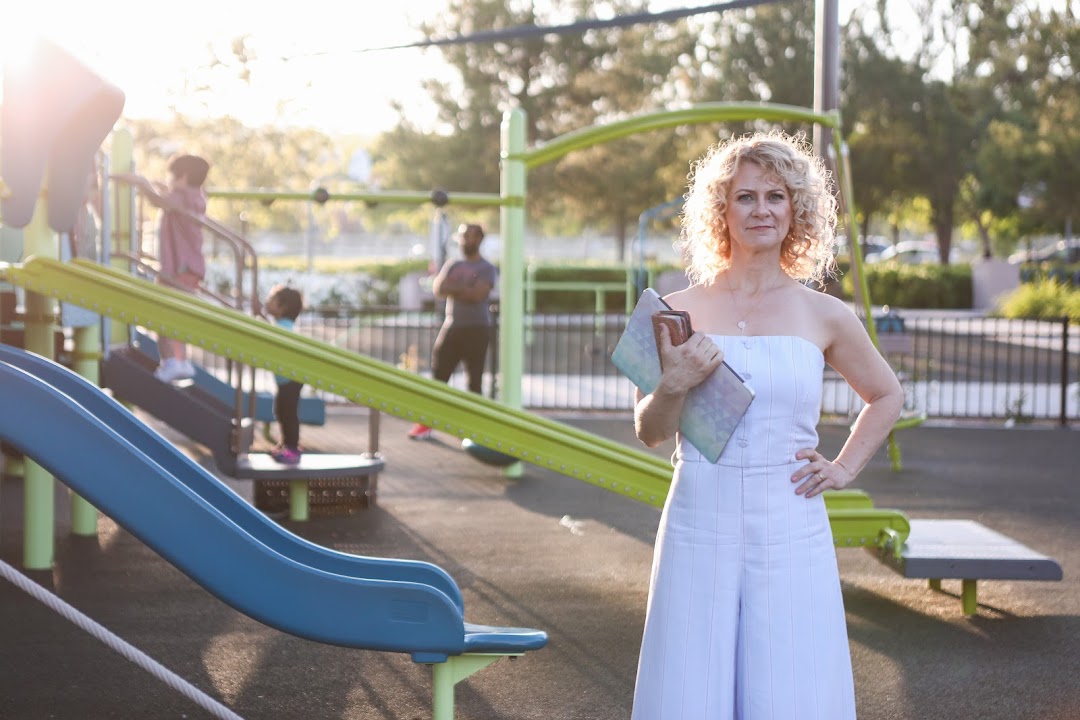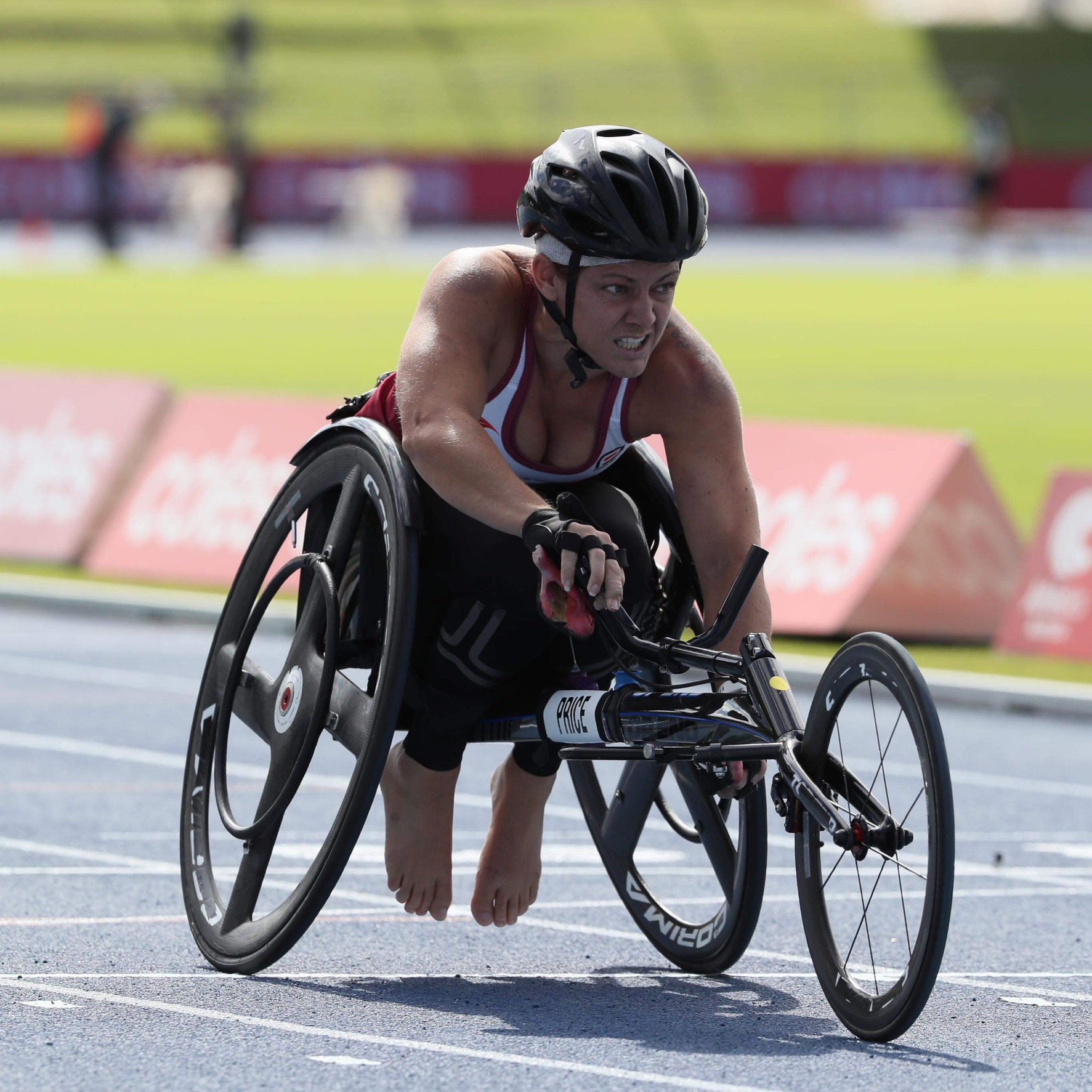Happiness is a new heartbeat
When Carole Railton was told that her fainting spells and severe breathlessness were symptoms of long COVID, something didn’t add up. Further investigation using medical technology revealed a complex heart condition.
“It was about a year after I was hospitalised with COVID-19 and I was finding that I could walk less and less. After 30 steps, I had to stop. I couldn’t climb the stairs in my house and I had to stop to catch my breath in the middle of sentences. I was also suffering from blackouts,” explains Carole, a body language expert and author in her early 70s.
The day after one blackout, Carole’s physiotherapist measured her heart rate and it was 39 beats per minute – a normal resting heart rate for someone of her age is between 60 – 100 bpm. This led to a phone call with the GP, who ordered a heart monitor to be fitted.
“When I went to be fitted for the monitor, my heart rate was all over the place and they admitted me to hospital, where I stayed for the next three weeks,” says Carole. “At first, I was told there was nothing they could do and that I had two and a half years to live. Then one cardiologist noticed an irregular heartbeat that hadn’t been picked up before and ordered a magnetic resonance imaging (MRI) scan straight away. He saved my life.”
The MRI identified three issues. First, Carole’s heart was only pumping at about 34%, indicating heart failure. Second, she had atrial fibrillation, which meant the electrical impulses in her top two heart chambers were firing chaotically. Third, she had a right bundle branch block, meaning her right and left heart chambers were beating out of sync.
“The doctor drew a picture of my heart to explain the three things that were wrong. It was very complicated and he said I would need two operations,” Carole recalls. This Is MedTech spoke with her two weeks after the first operation, which involved fitting a cardiac resynchronisation therapy pacemaker. The matchbox-sized device was implanted under Carole’s skin near her collarbone; it’s attached to three electrical leads to her heart that coordinate the pumping action via electrical impulses.
“I was awake and under local anaesthesia throughout the whole 4-hour procedure. I find it amazing that they inserted the wires into my heart while it was moving and that such a small charge can power my heart,” she says.
Carole was once again astonished by the technology when she needed her pacemaker adjusted. “The next day I was home, but I kept feeling a twitching in my stomach when I bent down, so I went back to the doctor. He scanned me just like a carton of cornflakes at the supermarket, saw what the problem was on his monitor and adjusted the pacemaker without even touching me!”
She’s incredibly grateful to both her doctors and the medtech that gave her life back. “I can already go up the stairs, I haven’t had any more blackouts and I can speak without constantly gulping for air,” she notes. “I’m still waiting to find out if I’ll need the second operation, but my life expectancy has been extended significantly and I have a lot to look forward to now.”






